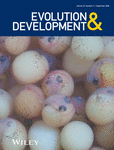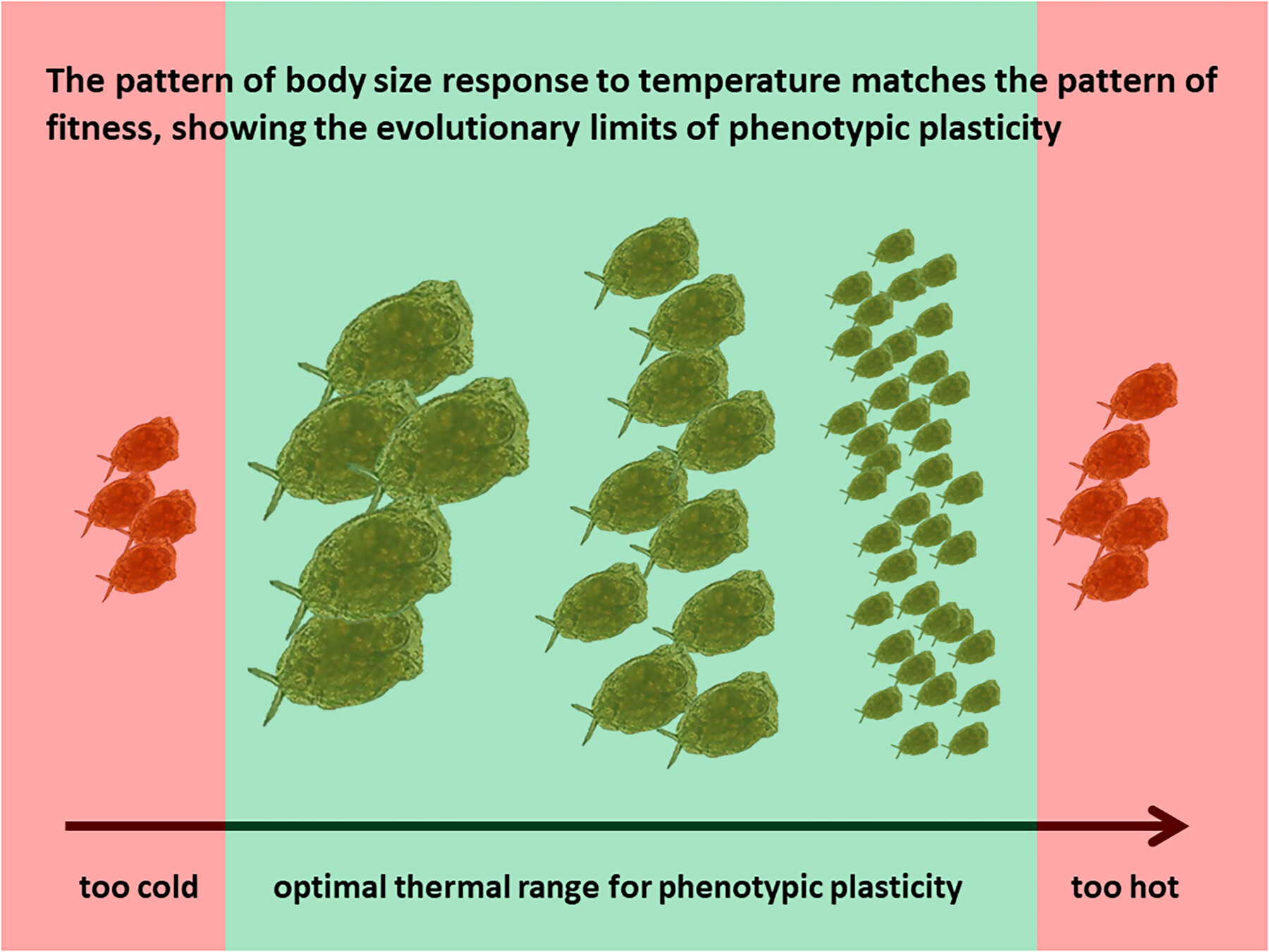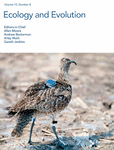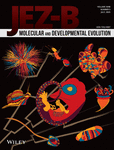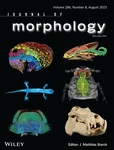Journal list menu
Export Citations
Download PDFs
ISSUE INFORMATION
RESEARCH ARTICLE
The rx3 Gene Contributes to the Evolution of Eye Loss in the Cavefish Astyanax mexicanus
- First Published: 30 June 2025
The Body Size and Fitness Match and Its Variability in Plastic Response to Temperature
- First Published: 09 July 2025
Impact of Life History on Hippopotamus Skull Ontogeny
- First Published: 24 July 2025

Main life-history events and traits of the hippopotamus (Hippopotamus amphibius) and its skeletal and craniomandibular developmental processes. The major skull changes in infancy (0–3 years) and puberty (10–15 years) and the late stabilization (20–25 years) of the mandibular shape with respect to the cranial shape stand out. This last and unique process suggests ongoing dietary adaptations.
Comparative Embryology and Transcriptomics of Asellus infernus, an Isopod Crustacean From Sulfidic Groundwater
- First Published: 01 August 2025
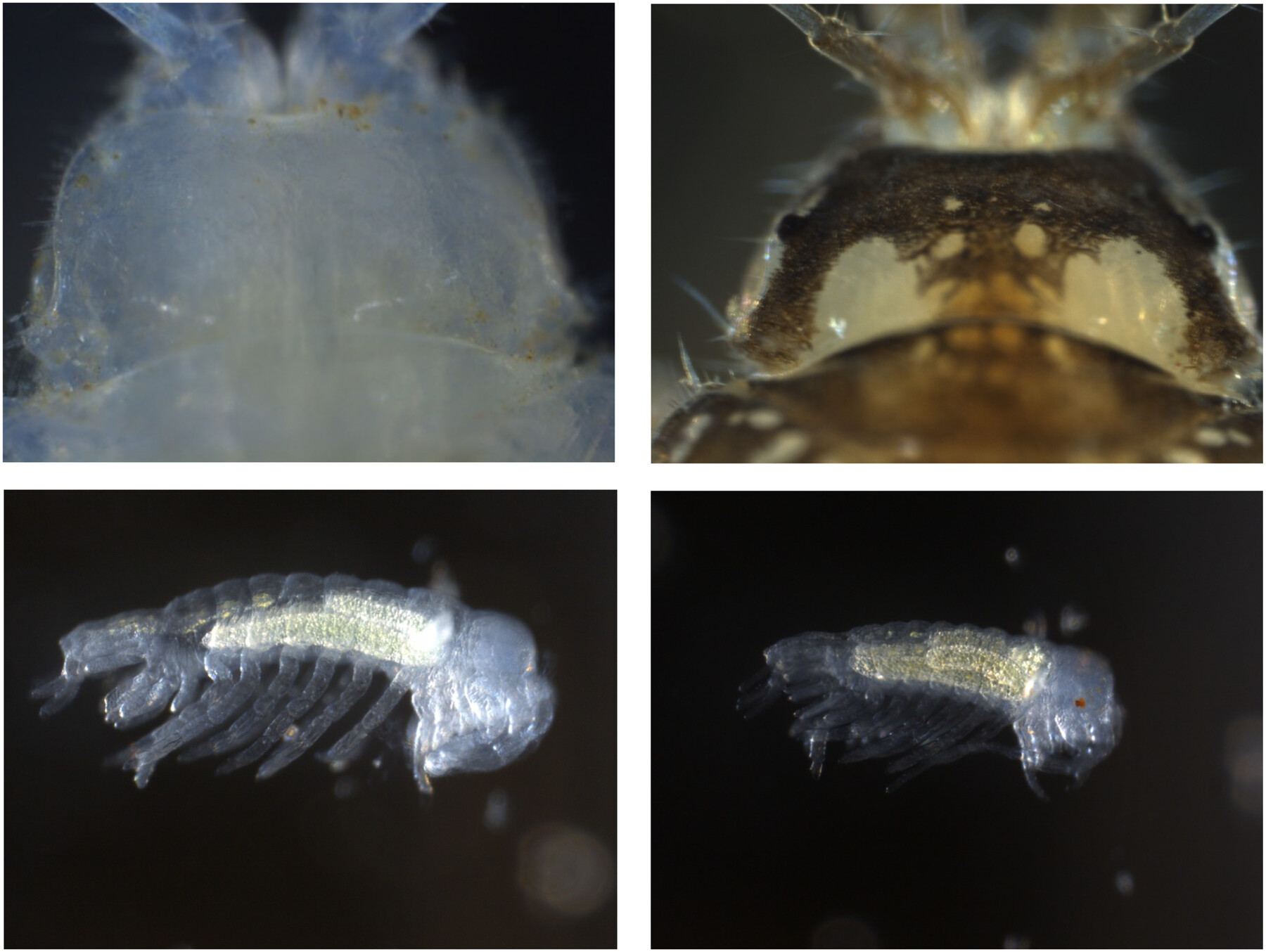
Individuals of Asellus infernus, a sulfidic subterranean population of the Asellus aquaticus species complex from southeastern Romania (left) and surface individuals of A. aquaticus (right). Extreme differences in phenotype are seen comparing the subterranean and surface individuals as adults (top panels) and as embryonic samples (bottom panels).




